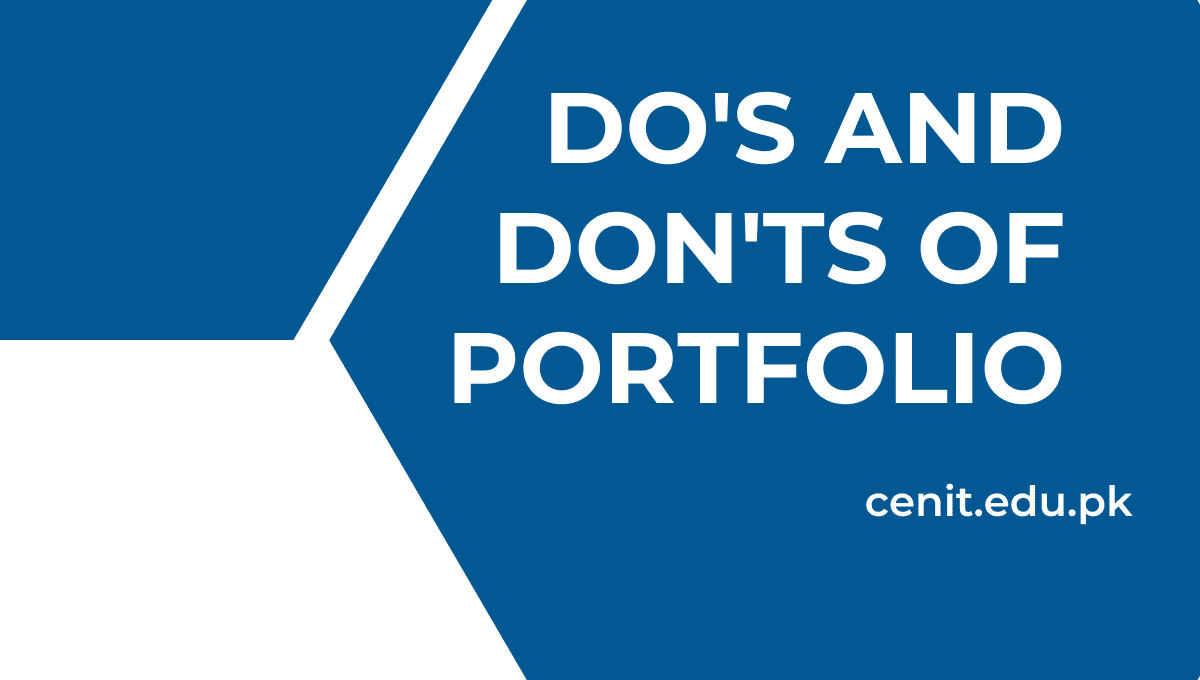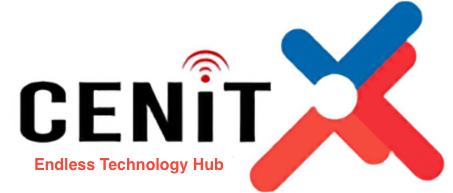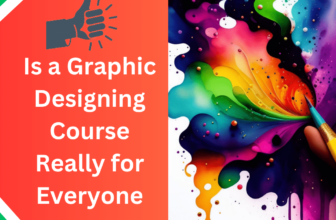
In the highly competitive world of graphic design, a strong portfolio isn’t just a good idea—it’s a necessity. Acting as a window into your capabilities, this curated collection of work provides a snapshot of your skills and artistic vision. This article aims to serve as an insightful guide to graphic design students, illuminating Do’s and Don’ts of Portfolio.
Table of Contents
The Importance of a Portfolio in Graphic Design
A Professional Showcase of Your Work
Your Do’s and Don’ts of Portfolio is your career’s showreel. It gives potential clients or employers an intimate view of what you can produce. Consider it your visual resume, offering concrete proof of your skills.
An Edge in Job Interviews and Freelance Opportunities
You’re already ahead of the game when you enter an interview with a stunning Do’s and Don’ts of Portfolio. Employers are not just interested in hearing about your abilities. They want to see evidence of your skills in action. Similarly, a portfolio can be the tipping point in landing high-profile clients in the freelance world.

Setting the Stage: What Goes in a Portfolio
Types of Work to Include
Your Do’s and Don’ts of Portfolio should mix your best works, whether logos, web designs, or illustrations. But it should also reflect the full range of your capabilities.
Importance of Including Coursework and Personal Projects
While commercial projects may take center stage, your coursework, and personal projects reveal your ability to take an idea from concept to completion. They show your versatility and provide context to your creative journey.
Do’s
Prioritize Quality Over Quantity
Your Do’s and Don’ts of Portfolio is not an archive. It’s a showcase. Fewer polished, high-impact pieces will serve you far better than an extensive collection of mediocre works. High-quality graphic design typically means attention to detail, innovative solutions, and a clean layout.
Tailor the Do’s and Don’ts of Portfolio to Your Target Audience
Recognizing the difference between designing the Do’s and Don’ts of a Portfolio for a corporate role and a creative agency is crucial. Each audience has different expectations. Customize the projects you include and even the portfolio layout to meet potential employers’ or clients’ specific wants and needs.
Show Process Work
Including process work like sketches, wireframes, and drafts reveals more than just the final product. It shows your ability to problem solve, iterate, and evolve a project from inception to completion.
Keep It Updated
Your portfolio should be as dynamic as your skill set. Make it a habit to add new work and remove anything that has become outdated or irrelevant. This will keep your Do’s and Don’ts of portfolio fresh and current.
Use High-Resolution Images
Images that are pixelated or blurry can discredit even the most fabulous design. High-res images convey professionalism that shouldn’t be compromised, although optimization should be considered to ensure quick load times.
Don’ts
Overcomplicate Design
Remember, the main event is your work. Your Do’s and Don’ts of Portfolio should complement the content rather than compete. Avoid clutter, confusing navigation, or overly ornate designs.
Ignore the Power of Storytelling
Each piece you include should tell a story. Effective use of captions and brief write-ups can provide valuable context, revealing the problem you were solving and the impact of your solution.
Neglect the Details
Typos, pixelation, or poorly edited photos can wreak havoc on your Do’s and Don’ts of portfolio. These small oversights can be big red flags to potential employers or clients. Always proofread and carry out quality control.
Use Generic Templates
A custom-designed portfolio signals a higher level of professionalism and commitment. While it should adhere to professional standards, a one-of-a-kind layout will make your portfolio memorable.
Forget to Test on Multiple Devices
Your digital portfolio should be easily accessible, whether viewed on a desktop, tablet, or smartphone. Test its usability across different platforms to ensure a seamless user experience.
Conclusion
Building a Do’s and Don’ts Portfolio is an ongoing process that demands attention, skill, and strategic thinking. By following these guidelines, you create a portfolio that displays your talents and conveys your expertise as a designer. It’s the ticket to your future, so make it count.
Frequently Asked Questions (FAQ’s)
What types of work should be included in a graphic design portfolio?
A mix of commercial projects, logos, web designs, illustrations, coursework, and personal projects.
Why is it important to show process work?
It shows your problem-solving aptitude and capacity to take a project from the idea stage to its completion.
What does high quality in graphic design mean?
Attention to detail, innovative design solutions, and a clean, professional layout.
How should the portfolio be tailored to different audiences?
Customizing the projects and layout to meet potential employers’ or clients’ specific wants and needs.
What are some common details often neglected?
Typos, pixelation, and poorly edited photos.







